There's a Whole New Way of Killing Cancer
There is not one chance in a thousand that the events of this story could actually have happened. But they did, and the result is that a young woman who was terminal now has a fighting chance to live, and that her case will validate an entirely new way to treat cancer. Meet Stephanie Lee.This excerpt originally appeared on Esquire.com.
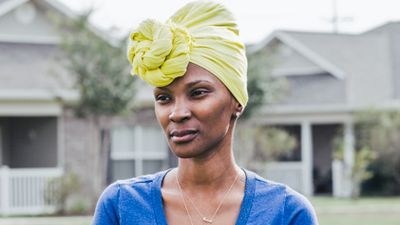
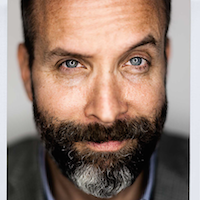
Stephanie Lee, 36, Mississippi, 2013
Widowed by war at 28, she was told she had terminal cancer earlier this year.
ON May 7 of this year, I received a Facebook message from a woman named Stephanie Lee:
Hey Mark, I found that I have colon cancer today. I go for surgery Thursday morning. Please keep me in your prayers.
At the time, Stephanie was thirty-six and lived on the Gulf Coast of Mississippi, in the town of Ocean Springs. I had met her eight years before, when I worked with Tom Junod on a story for Esquire ("Mississippi Goddamn," November 2005) about how Hurricane Katrina had affected military families already enduring the calamities of the war in Iraq—the families whose suffering had been doubled by the wind and the rain and the floods. Junod and I met Stephanie at her grandmother's house in Lucedale, Mississippi, where she told her story. She was a small woman who worked as a pipe fitter at the Northrop Grumman shipyard, a fine-boned beauty with an intimidating reserve of tensile strength, a single mother whose face settled easily into stoicism and whose eyes lit up with challenge and dare. She'd spent most of her life bedeviled by inconstant men until she met Terrance Lee where she worked. He was a welder. He was younger than Stephanie, and quiet, but she thought he was like her in that he had a plan for making something of himself. Like her, he'd joined the Mississippi National Guard. They married and she e-mailed with him every night after he was called to Iraq in January 2005. She was seven months pregnant when his Humvee went over an IED. She was nine months pregnant when Katrina ravaged the Gulf Coast, and she got in her truck with her husband's .45 and drove nearly eight hours on snarled roads to Shreveport to find a generator so that her baby—Terrance's baby—wouldn't have to be born in darkness. Three days later, she gave birth to Marchelle, who never stopped reminding Stephanie both of her life with Terrance and of the impossibility of life without him.
A few years after her story ran in the magazine, I was surprised to receive a Facebook message from Stephanie that read, Remember me? Over a couple years we swapped the casual and fitful messages typical of Facebook. Then came her message of May 7.
A week later came another. I am well. The surgery went great, just waiting for the biopsy to find out if the cancer spread to my lymphoid. I'm sore and tired and feel so helpless right now, but I know it will get better.
Stay In The Know
Get exclusive access to fashion and beauty trends, hot-off-the-press celebrity news, and more.
A week after that: I have to have chemo, Mark. Keep me in your prayers.
Stephanie was not alone. She had her seventeen-year-old daughter, Kamri, a student at the local high school, and she had Marchelle. She had friends and an aunt with whom she was close. Thanks to Terrance, she also had health insurance. Thanks to Terrance, she was able to walk into the Keesler Air Force Base Medical Center in Biloxi and receive treatment for a cost no greater than the utterance of a number. It was the last four digits of Terrance's Social Security number, and now it was her number, for her war. She had stage-three colon cancer. Following the surgery to remove the tumor from her colon, her oncologist wanted to treat her as aggressively as possible—six months of a combination of toxic chemicals known as FOLFOX6, administered every two weeks through a port installed between her left breast and her collarbone. The port was implanted under her skin on June 10, a week before her chemotherapy was set to start. It was supposed to be minor surgery, but two days later Stephanie woke up in such agony that there was fear that perhaps the surgeon who had installed the port had accidentally perforated her chest wall. He hadn't, but the news was even worse. She went to Keesler for a CT scan, and after she was done, she was waiting in the ER and an attending physician walked into the room. She said, "You know it's in your liver, right?"
Just like that.
The doctor held her, and together they wept. But a part of her just wanted someone—her own doctor—to tell her what it meant, so she would know what she had to do. The next Monday, June 17, her oncologist, Major Owen Roberts, entered the treatment room where she was waiting to begin her chemotherapy. Kneeling beside her, he apologized for the way she found out that her cancer had metastasized. He assumed, he said, that the surgeon, having been the first to review the CT scan, had told her.
"Am I gonna die?" Stephanie asked.
"I can't answer that," Dr. Roberts said. He then proceeded to tell Stephanie that she no longer had stage-three colon cancer. She had stage four. She might have twenty-eight months to live if she could tolerate the chemotherapy, six months if she couldn't. She was terminal.
So she was alone, after all.
Mark, the cancer has spread to my liver.
I had begun talking with Stephanie regularly, and I was on the phone with her the day she was told she was going to die. I could hear her smacking her palm on the countertop in her kitchen in Mississippi. "I will go back to school, I will finish my degree in supply-chain management," she said, her voice raised and defiant. "I will get a job and become a success in my profession—I am good, Mark!—I will remarry, I will see my girls grow to become women, I will be a grandmother to my grandbabies!"
And then she came to tears. "It's not fair! Marchelle can't lose both parents before she's ten. It's not fair! My God!"
[image id='27c09d82-7eab-4692-b4e7-4f9929358709' mediaId='c20d1a09-9e44-4ac1-a84b-27b9a93f1dd6' loc='C'][/image]
Eric Shadt, 48, New York
"That's exactly the kind of patient we take," Schadt said upon first hearing of Stephanie. "But it's a real long shot. I'd say one in a thousand."
Though he insists on change, Eric Schadt never changes. No matter the season, he still shows up at both work and most social functions in a uniform of white polo shirt and hiking shorts. He still drives fast enough to terrify his colleagues, though instead of going to work in California on a motorcycle at a hundred miles per hour, he now runs two miles to catch a train to New York City, where he then runs another mile and a half to his office. He is still squat and powerful, his imposingly lumpy brow a phrenologist's dream and his nose the size of a crab apple. He still smiles all the time and sounds like a self-amused surfer. He still writes almost as fast as he breathes and speaks in torrents of scientific jargon that bear only an approximate relation to the English language. He still has a unique capacity for both collaboration and pissing people off. He still gets into public arguments with men of settled eminence—two years ago, he took on James Watson—by telling them they're clinging to failed paradigms that he is trying to displace. When he's asked the difference between what they do and what he does, he still says, "the difference between medieval alchemy and chemistry."
What has changed—what he has changed—is his situation and his surroundings. When he was profiled in Esquire two years ago ("Adventures in Extreme Science," April 2011), he was an outsider enduring a kind of prestigious exile. It suited him. He had grown up in a small town in Michigan. He was the child of Christian fundamentalists and for much of his life a fundamentalist himself who still believes, more or less, in intelligent design. When he graduated high school, he joined the Air Force with the idea of subjecting himself to the rigors of Special Forces training. Instead, he blew out his shoulder on a climb, and the Air Force tried to salvage its investment by putting him through a battery of tests. He took them; when the scores came back, he was asked by stunned superiors if math had always come easily to him. Then he was sent to college and undertook the task of complete intellectual self-transformation. He received an undergraduate degree in applied mathematics and computer science at Cal Poly and his master's in pure mathematics at UC Davis. Pure math was, to him, the Special Forces of the mind—he took it because it was so hard, and he wanted to find out just how smart he was. He was pretty smart, as it turned out, but he despaired of working on problems that existed on the level of pure abstraction and had no bearing on the problems of the world. It seemed like, well, a sin. He went to UCLA to get a Ph.D. in the emerging field of biomathematics. The one problem was that the degree required a Ph.D.-level mastery of molecular biology, and the last biology course he'd taken was in high school. So he taught himself by reading textbooks. It wasn't hard. Pure math was hard. Molecular biology, after pure math, struck him as ridiculously easy.
Schadt got a job at the pharmaceutical giant Merck and, availing himself of the Merck supercomputer, became one of the leading exponents of the medical use of what became known as Big Data. He also had amazing success coming up with new drugs for Merck, to the extent that at one point half the drugs in development started in Schadt's lab. Then he told Merck that they wouldn't work. What data had taught him was that the underlying faith of molecular biology—of all biology, since Watson and Crick had elucidated the structure of the DNA molecule—was false. Untold billions had been spent in the hope that we could understand disease one gene at a time, or one genetic pathway at a time; by targeting the gene or the pathway "for" Alzheimer's disease, say, we could target Alzheimer's disease itself. Schadt told Merck that this was a strategy doomed to fail, because disease arose not from single genes or pathways but rather out of vast networks of genes and pathways whose interactions could be understood only by supercomputers guided by abstruse algorithms. Evangelical still, though now evangelical on behalf of irreducible complexity, he asked Merck to remake itself in the image of the network model he was determined to pioneer. Merck declined and Schadt headed to Silicon Valley, to the land of data.
He wound up at a company that made advanced gene sequencers, Pacific Biosciences. There he tested his network model by resolving to become the "hub" of networks of collaborators. He did his supercomputing with Amazon; he put forth an idea of mapping pathogens in public places that attracted the attention of Google; he worked with researchers at Harvard to identify the strain of cholera ravaging Haiti and traced it to South Asian relief workers. But he still wanted what he wanted at Merck: the resources to prove he was either right or wrong. He thought he was going to get enough venture-capital money to start his own lab at UC San Francisco, but the problem with venture capitalists is that they don't want to give money—they want to make it. Schadt didn't want to make that kind of bet. He wanted someone to bet on him.
In the spring of 2011, he finally heard from a gambler. Well, not really—he heard from Mount Sinai, a century-and-a-half-old hospital and medical school on the East Side of Manhattan. He had always thought that he would stay on the West Coast, where, he says, "people are really good at making things." He had always looked askance at New York, where "they're only good at making money." But now, in hearing from Sinai, he was hearing from money itself. He was hearing, in particular, from a man who had done nothing but make money for the better part of his life, Carl Icahn. Sinai was an institution seeking to remake itself; Icahn was a man looking to put his name on a vision of the future. Schadt wound up meeting Icahn and afterward wrote in an e-mail, I think he liked that I had a rougher life growing up, where I guess he did as well. In July 2011, Schadt drove his family from Palo Alto to New York. In September, Mount Sinai announced that he would be head of the newly created Institute for Genomics and Multiscale Biology. A little more than a year later, Sinai announced that Schadt's operation would be renamed the Icahn Institute, just as the entire medical school would be renamed the Icahn School of Medicine at Mount Sinai. For the privilege, Carl Icahn had given Eric Schadt $150 million to claim the future of biology.
In some ways, everything had changed, for Schadt now had four hundred people working for him, along with nine gene sequencers at his disposal and a supercomputer named Minerva in the basement. In other ways, however, he remained a guy in shorts, a guy whose face was always agleam in the light of his laptop, a guy whose office walls were decorated with a palimpsest of indecipherable equations. Most important, he remained a guy who never said no—who never rejected anything as impossible—and when he learned that a woman from Mississippi whom Esquire had written about eight years earlier had been told she had terminal colon cancer, Schadt looked up and said:
"That's exactly the kind of patient we take."
It was, in the end, the reason he had come to New York. He probably didn't really need nine gene sequencers. He probably didn't even really need Minerva, because he could do supercomputing with Google and Amazon. But as both a lapsed molecular biologist and a lapsed Christian looking to establish a new faith, he needed something he had never had before. He needed patients. He needed someone like Stephanie Lee.
To read the rest of Stephanie Lee's story, go to Esquire.com.
-
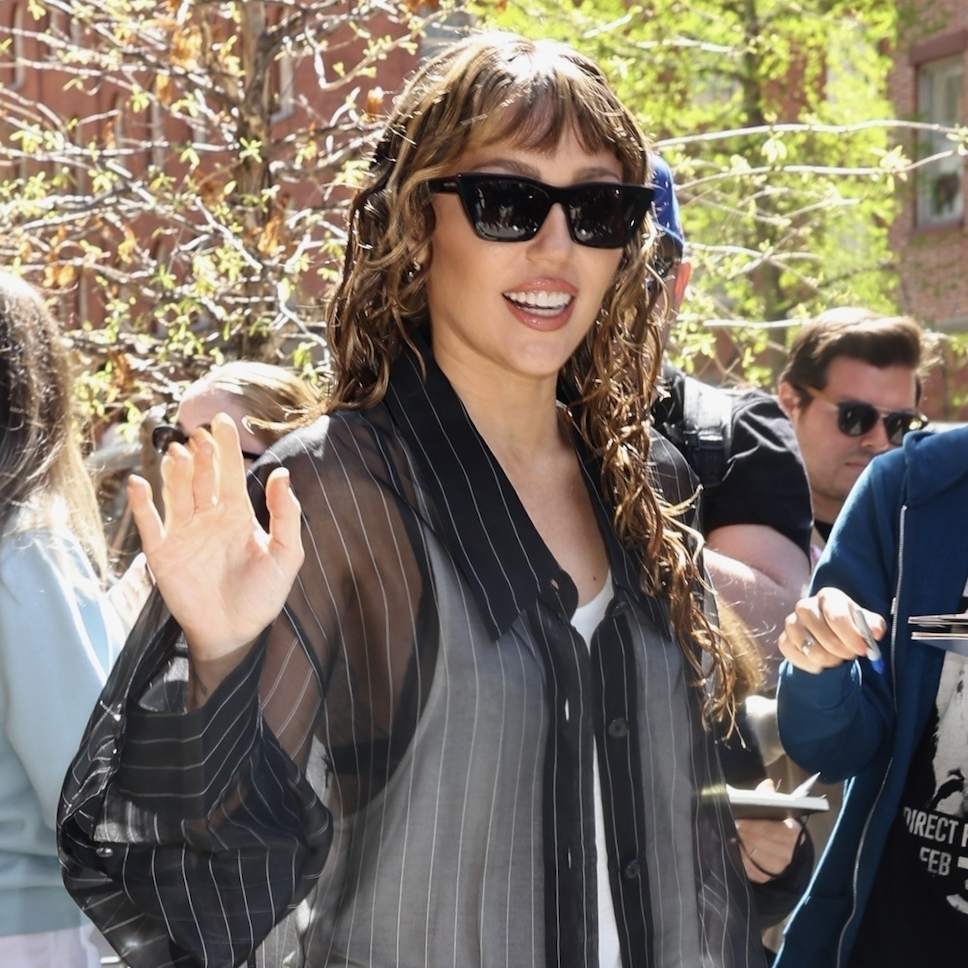 Miley Cyrus Is in Her Normal-Girl Fashion Era
Miley Cyrus Is in Her Normal-Girl Fashion EraNothing could have prepared me for her new look.
By Kelsey Stiegman
-
 The Trendy Retro Sneakers I’m Wearing on Repeat
The Trendy Retro Sneakers I’m Wearing on RepeatFootwear designers are on a vintage kick, and I'm all for it.
By Emma Childs
-
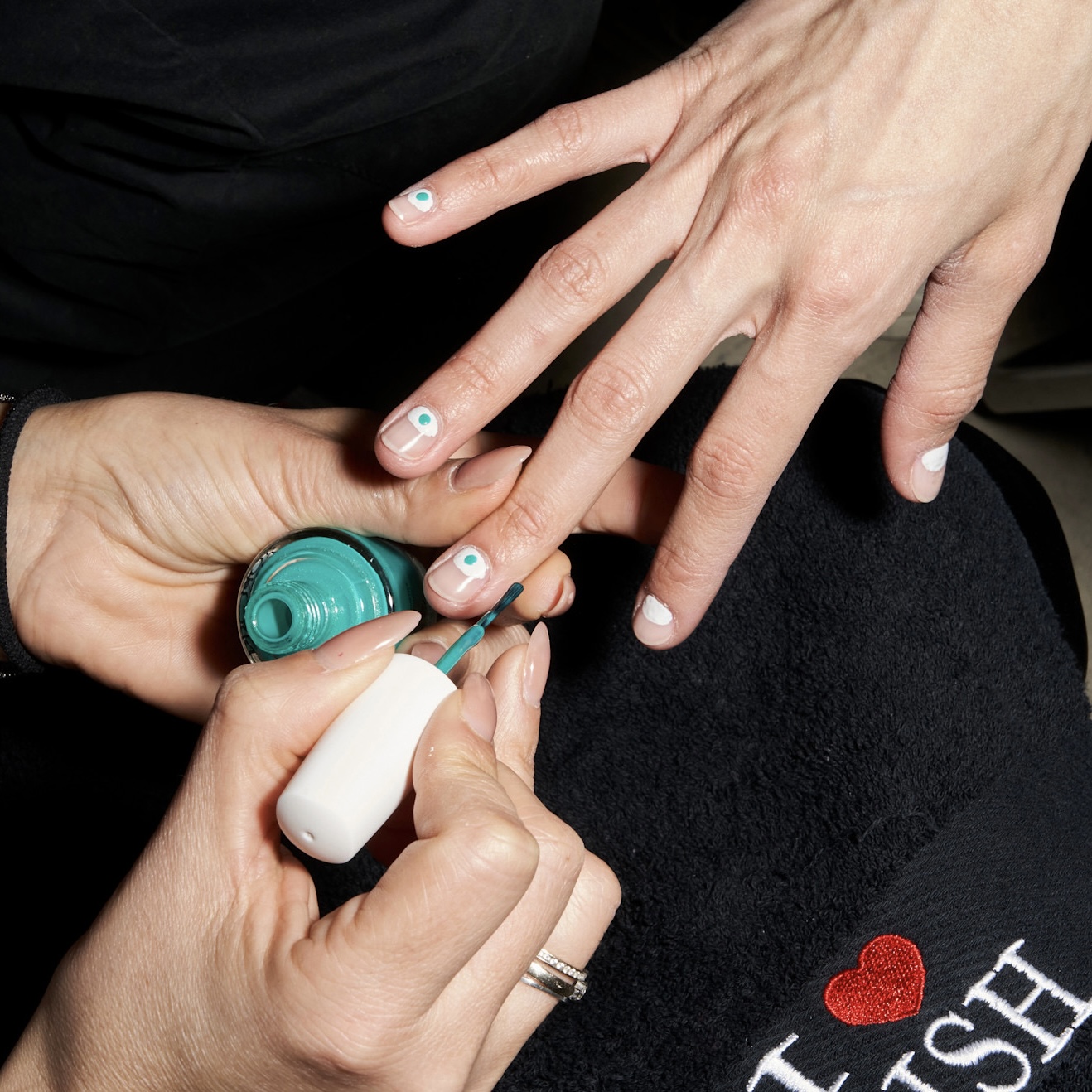 As a Chronic Nail Biter, I Swear by These Chic Mani Designs to Look Pulled-Together
As a Chronic Nail Biter, I Swear by These Chic Mani Designs to Look Pulled-Together35 short and sweet styles.
By Emma Aerin Becker
-
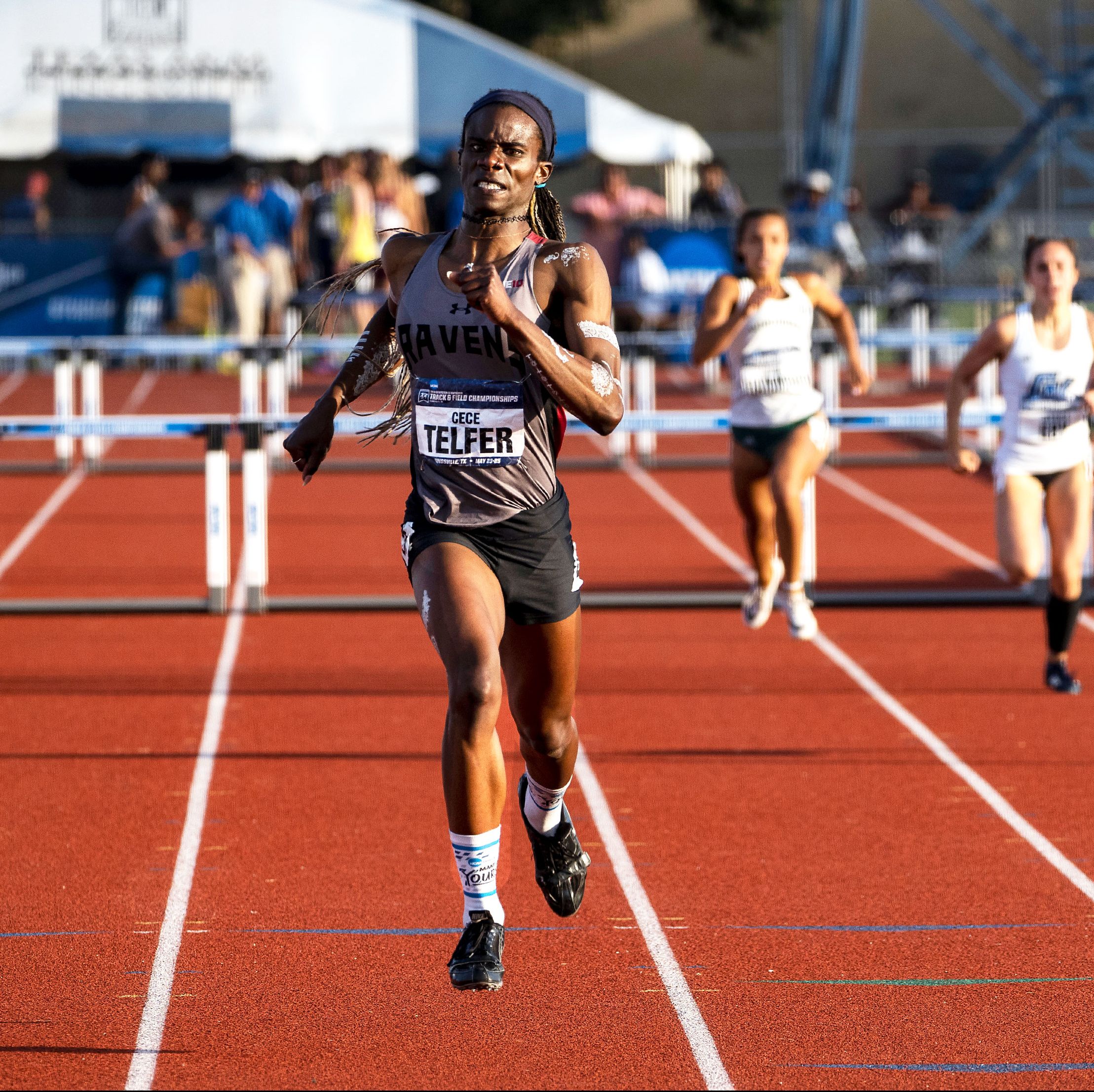 CeCe Telfer Has Already Made History
CeCe Telfer Has Already Made HistoryOlympics or not, the track athlete is changing the future of sports forever.
By Megan DiTrolio
-
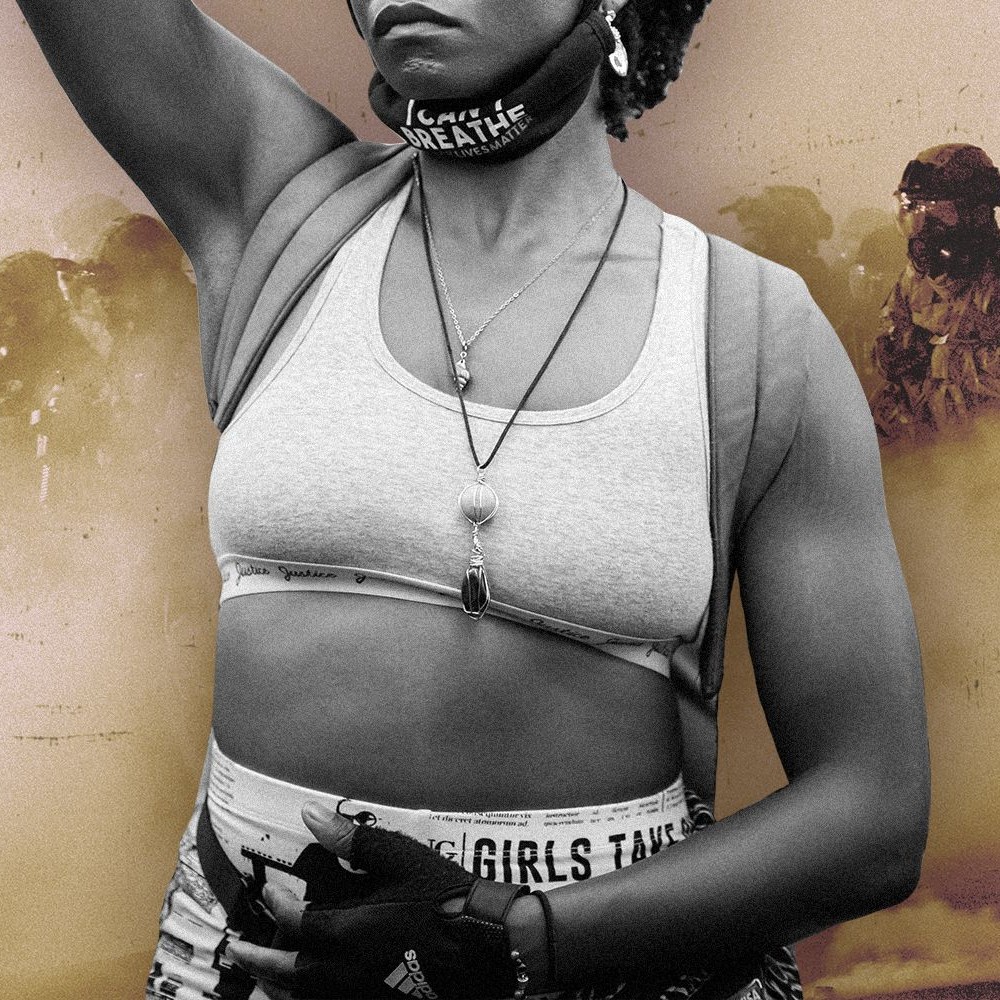 Tear Gaslighting: Is There a Link Between Protesting and Messed Up Periods?
Tear Gaslighting: Is There a Link Between Protesting and Messed Up Periods?Law enforcement has used chemical crowd control agents across the U.S. this summer. Protestors and some experts suspect tear gas exposure is causing abrupt and painful changes to menstrual cycles.
By Catherine Ryan Gregory
-
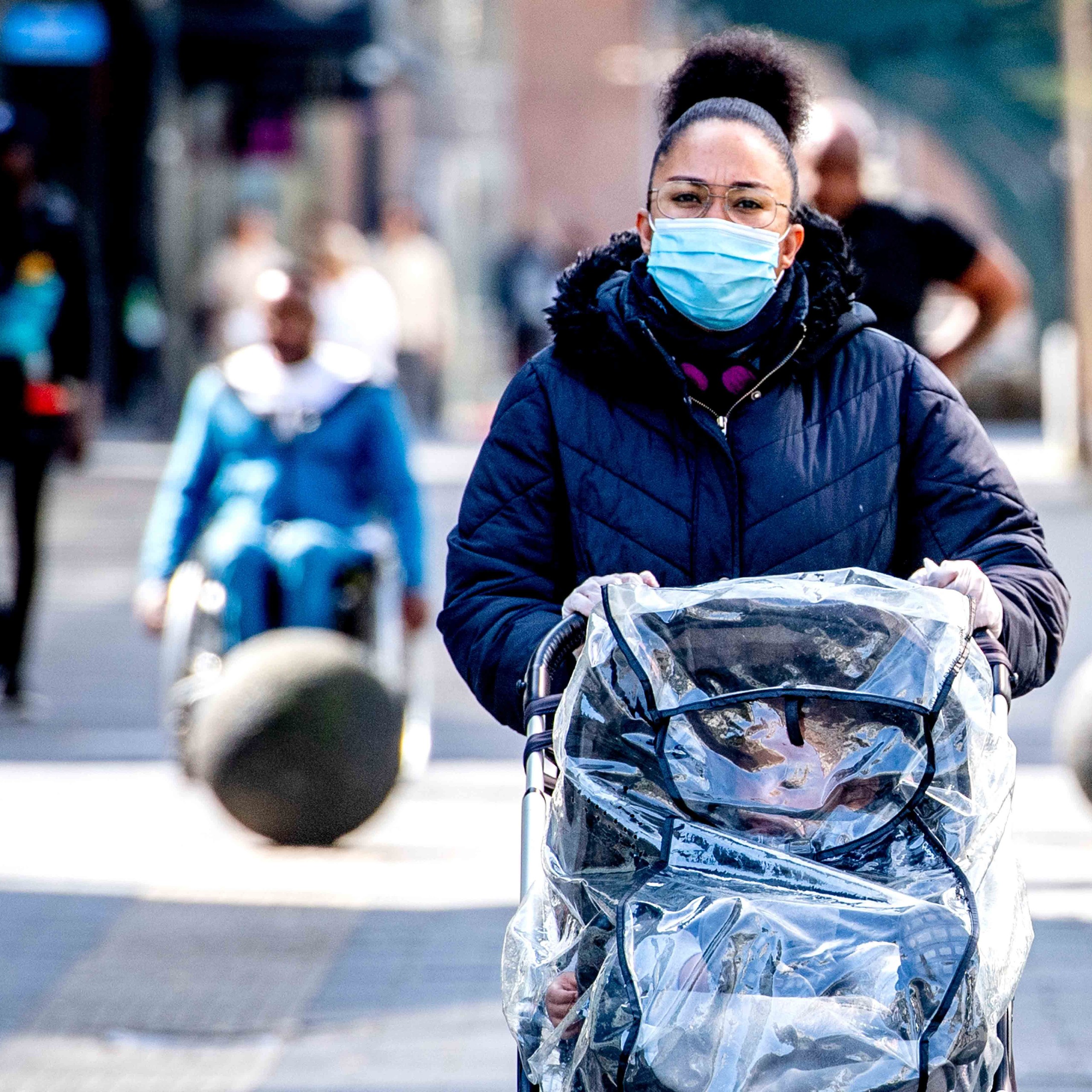 COVID-19 Is Keeping Women From Having Kids
COVID-19 Is Keeping Women From Having KidsA new survey by SoFi and Modern Fertility finds that the virus has put family planning on pause.
By Serena Tara
-
 What It's Like Being a U.S. Healthcare Worker Fighting Coronavirus
What It's Like Being a U.S. Healthcare Worker Fighting Coronavirus"It’s nothing like any of us have seen before."
By Rachel Epstein
-
 Breast Implant Illness Is a Risk We Don't Talk About
Breast Implant Illness Is a Risk We Don't Talk AboutThousands of women are suffering from a debilitating illness after getting breast implants. Though the medical industry has tried to silence them, a Facebook group gives the women the opportunity to share their stories.
By Lacey Johnson
-
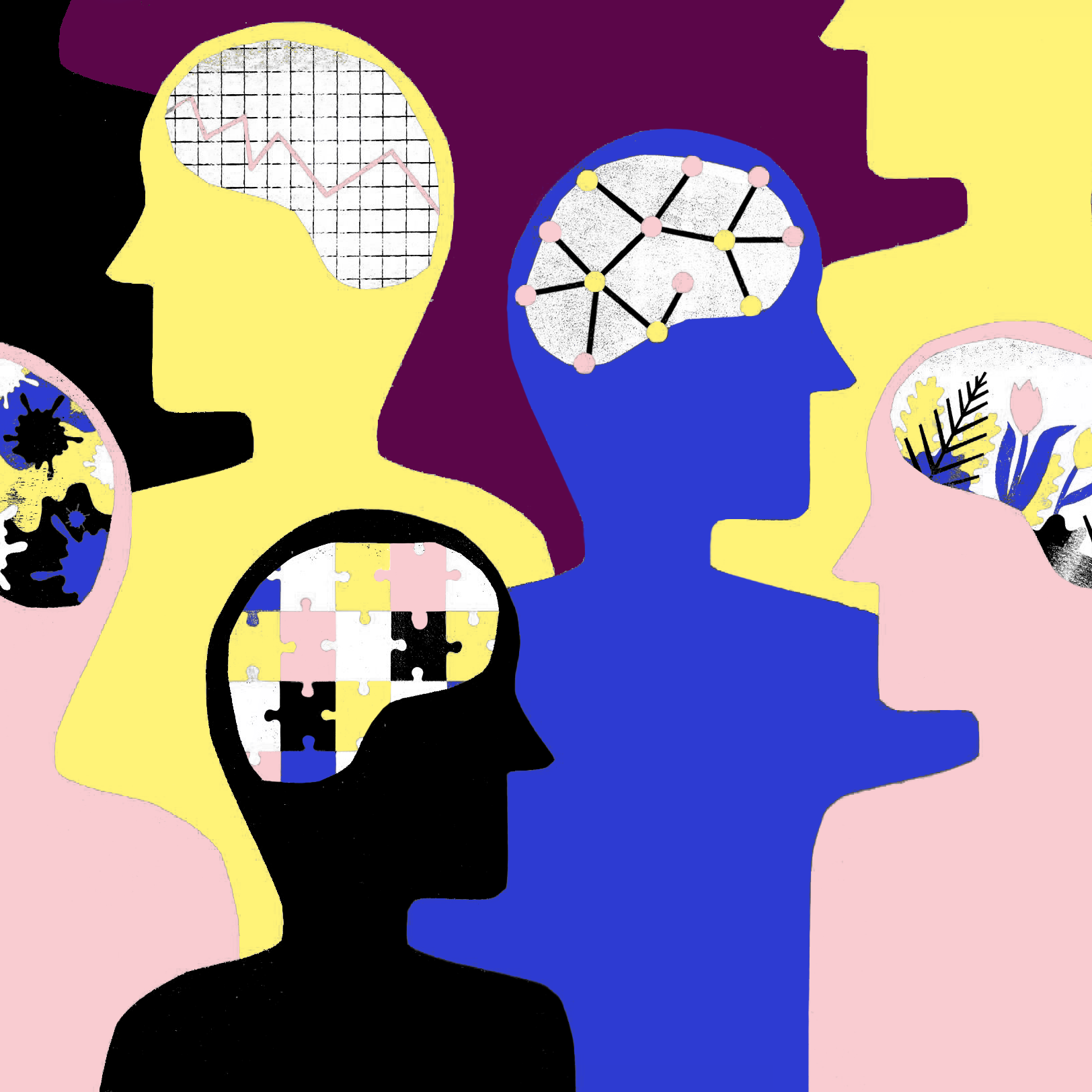 When You Can’t Rely on Your College for the Mental Health Help You Need
When You Can’t Rely on Your College for the Mental Health Help You NeedOne in five students have thought about suicide in the past year, according to a recent study.
By Rose Minutaglio
-
 Help! The News Is Making Me Feel Depressed
Help! The News Is Making Me Feel DepressedHow To Our resident psychiatrist Samantha Boardman has the antidote to news-induced stress.
By Samantha Boardman
-
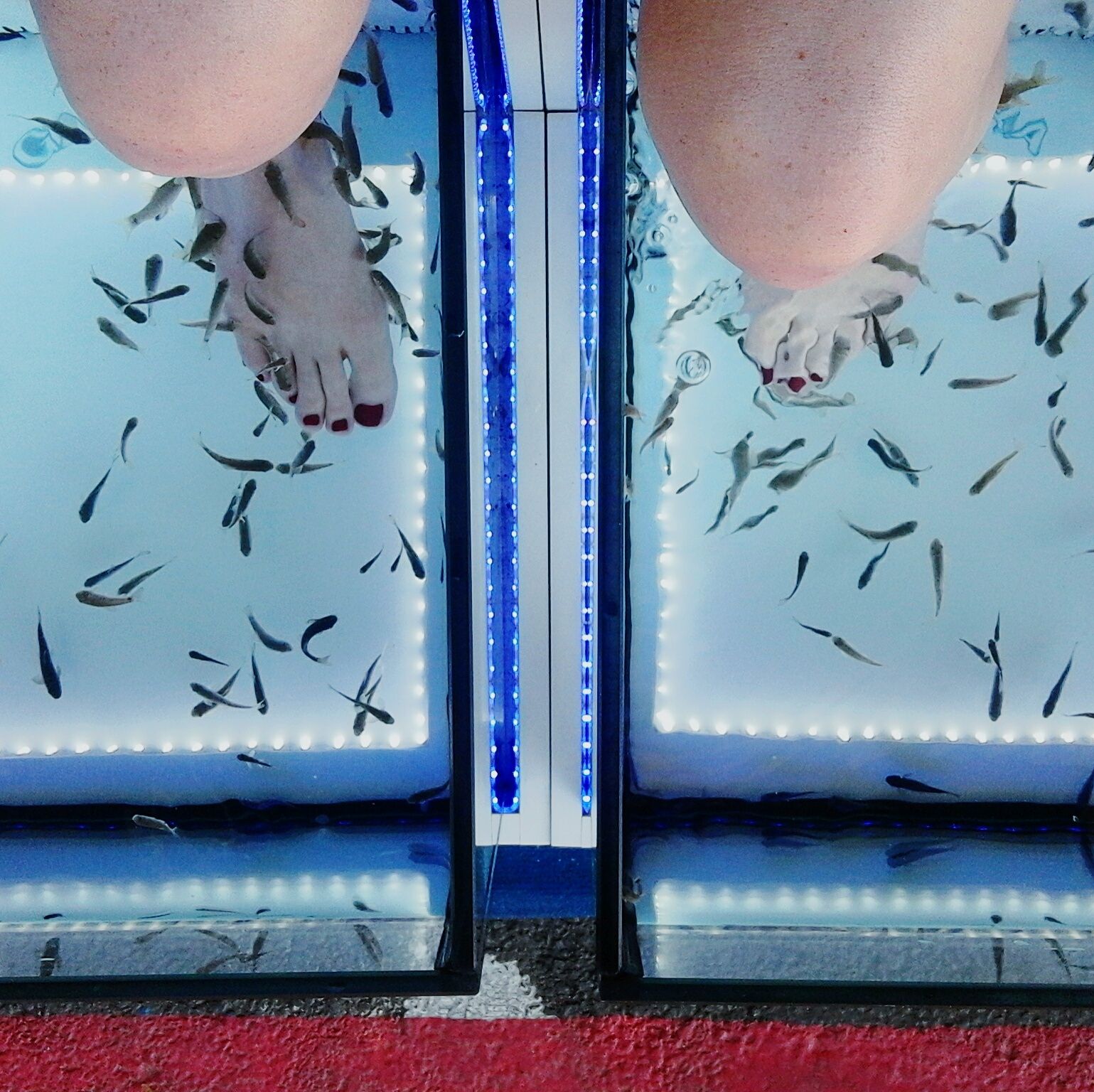 A Woman's Toenails Fell Off After a Fish Pedicure
A Woman's Toenails Fell Off After a Fish PedicureYikes.
By Temi Adebowale